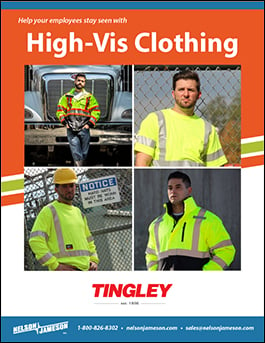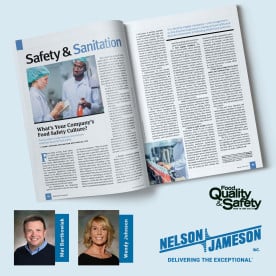Feeling in the dark about high-visibility compliance and performance classes?
Let us help—we have a wide range of high-visibility apparel that meets the ANSI/ISEA 107-2015 Standard. This standard provides a uniform, authoritative guide for the design, performance specifications, and use of high-visibility and reflective apparel, including safety vests, shirts, pants, and outerwear.
ANSI/ISEA 107-2015 breaks down high-visibility apparel into Types and Performance Classes. The environment in which the worker is wearing the garment dictates the type selected, while the performance classes provide a range of design options
that correspond with the level of risk and the certified high-vis material and certified reflective tape needs of the wearer.
Shop our selection of high-visibility products.
Types: | Performance Classes: |
Type O (Off-Road)For workers in occupational environments which pose struck-by hazards from moving vehicles, equipment, and machinery, but which will not include exposure to traffic on public access highways. Examples include: workers exposed to the hazards of warehouse equipment traffic. | Class 1 (Type O)Offers a minimal amount of high-vis material. |
Type R (Roadway)For workers in occupational environments which include exposure to traffic (vehicles using the highway for purposes of travel). Examples include: roadway construction workers and school crossing guards. | Class 2 (Type R or P)Will have additional amounts of high-vis material. Typically a standard vest but can also be any garment that does not have reflective tape on the sleeves. |
Class 3 (Type R or P)Provides more visibility to the wearer in both complex backgrounds and through a full range of movement by the required placement of background, and reflective tape that fully encircles the sleeves and pant legs (if present). | |
Type P (Public Safety)For emergency and incident responders and law enforcement personnel in occupational environments which include exposure to traffic. Examples include: law enforcement and emergency response, firefighting, and road closure personnel. | Class ENot a performance class. Only intended to be worn with Class 2 or Class 3 garments. When combined with a Class 2 garment, the wearer is now Class 3. When worn alone, Class E is not a recognized high-visibility garment. |






